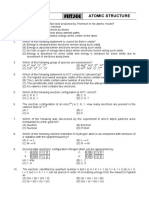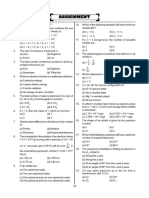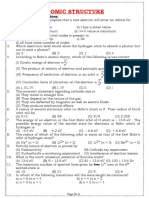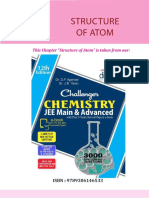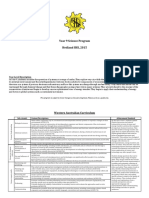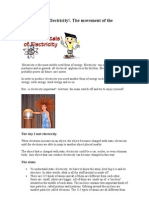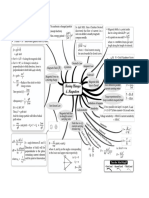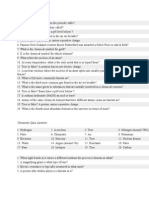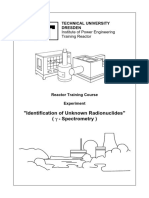0% found this document useful (0 votes)
50 views6 pagesAtomic Structure: Class Test (Chemistry)
This document is a chemistry class test focused on atomic structure, consisting of multiple-choice questions covering topics such as angular momentum, ionization energy, wavelengths, and electron configurations. It is divided into two parts, with Part A containing 15 questions and Part B containing 27 questions. The questions assess knowledge on various concepts related to atomic theory and quantum mechanics.
Uploaded by
nizgamer.52Copyright
© © All Rights Reserved
We take content rights seriously. If you suspect this is your content, claim it here.
Available Formats
Download as PDF, TXT or read online on Scribd
0% found this document useful (0 votes)
50 views6 pagesAtomic Structure: Class Test (Chemistry)
This document is a chemistry class test focused on atomic structure, consisting of multiple-choice questions covering topics such as angular momentum, ionization energy, wavelengths, and electron configurations. It is divided into two parts, with Part A containing 15 questions and Part B containing 27 questions. The questions assess knowledge on various concepts related to atomic theory and quantum mechanics.
Uploaded by
nizgamer.52Copyright
© © All Rights Reserved
We take content rights seriously. If you suspect this is your content, claim it here.
Available Formats
Download as PDF, TXT or read online on Scribd
/ 6
